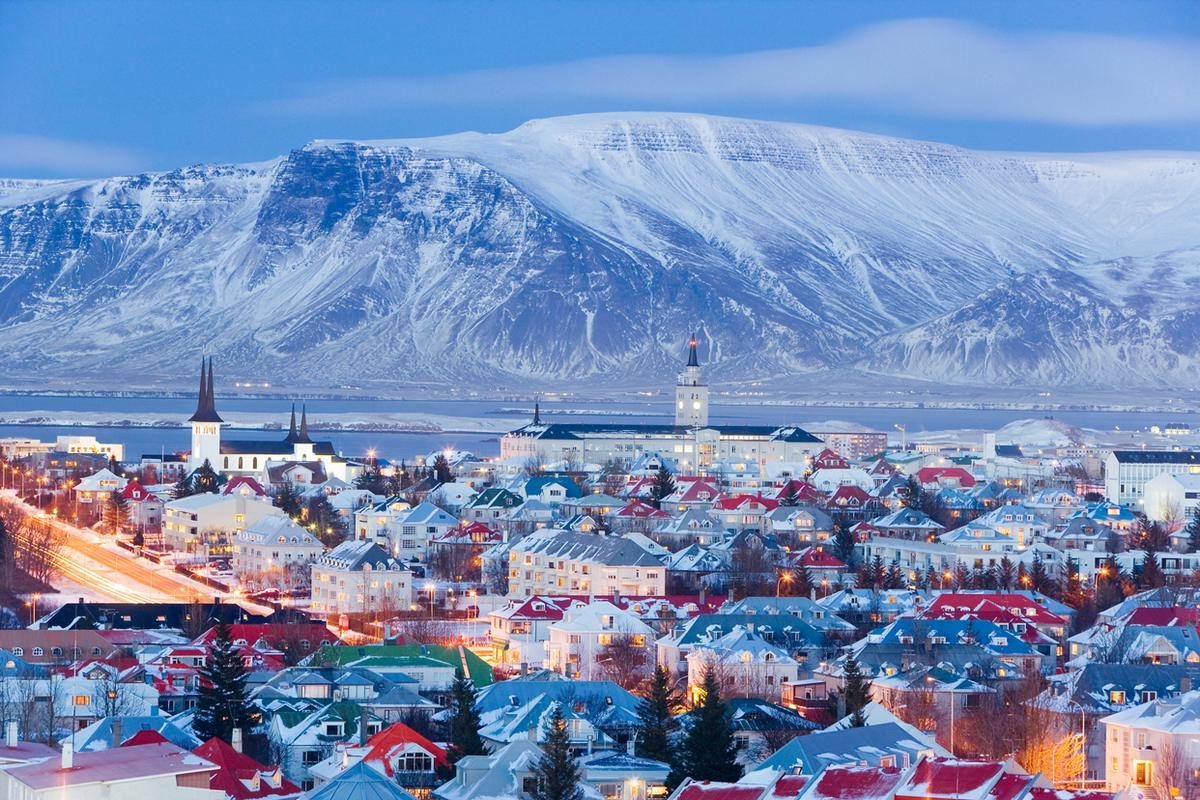Climate of Tibet:
- What is the climate like in Tibet? Is it hot in summer? Is it too cold in winter?
Tibet is located on a high plateau, and it usually belongs to a very special climate. The climate in different parts of Tibet is quite different. East Tibet, which is at a lower elevation, is warmer than West Tibet. In some hilly areas, four asons are at different heights at the same time. The weather of a day also changes greatly. The night is cold and the day is hot. It is 12-15 degrees centigrade wide in a day.
The climate of southeastern Tibet, including Ningchi and Chamdo, is quite cold with an average temperature of eight degrees Celsius, with average temperatures below zero degrees in western Tibet (Shigatse and Nagku).
However, in the central region of Tibet, the climate of Lhasa and Sedang is more favorable for travel. Travelers can visit these two areas all year round, not too hot in summer and not too cold in winter.
- What is the condition of roads in Tibet during monsoon? Do I have to take any rainproof?
The rainy season in Tibet is mainly from June to August and it has a very bad effect on the roads. However, there are many track maintenance personnel and the local army will help restore the roads. Generally speaking, it takes a few hours to make roads possible again. For rainproof, you are advised to wear a raincoat, rain-proof trousers and shoes, if you want trekking, mountain climbing or biking. If you have group tours organized by some travel agencies, you usually do not need to take rainproof with you, as Tibet often rains at night and the weather is quite good during the day. Moreover, the tourist bus is always with you.
- What is the best time to travel to Tibet?
Generally speaking, the travel season begins in early April, which lasts until mid-June when a large number of Chinese travelers flock to Tibet for summer vacations. The end of the national holiday in late June is the peak time of the trip when some important festivals are held in Tibet, such as the Shutton Festival, the Dawa Festival in Gayantse and the Nagku Horse Festival. By mid-October, Tibet turns into a winter and visitors are greatly reduced, with more than half of the hotels closed to save the poor.
As the best time to travel, it depends on your travel needs.
- If you want a very cheap price, go to Tibet in winter from December to next March. All things are quite cheap; Even tourist sites offer 30-50% discount on entry fees. Hotels are also cheap. You can enjoy 5 star hotel with less than 100USD breakfast. Compared to travel in August, the cost of winter travel is only 50% -60% of summer travel. Due to the poor visitors, Potla Palace allows you to spend a whole day in it. Also, the monks are not busy and get extra time to chat with you.

- If you like trekking, do it in May or September when the rains will never bother you and the weather will be favorable and pleasant.
- If you like Mount Everest and want to see its clear face, try to avoid rain and sleet and foggy weather.
- If you love to visit the grasslands of northern Tibet, travel in July when the flowers are scattered over the vast meadows and the Tibetan nomadic tents in groups of yaks and sheep are scattered over the meadows.
- Those who want to travel to Tibet via the Sichuan-Tibet Highway should avoid the rainy season. Some parts of the road will be muddy, caves and mud, which will impede the movement of vehicles.
About high altitude sickness
- What is high altitude sickness? What are the symptoms of high altitude sickness?
Illness can occur at high altitudes (over 2700 m) due to reduced availability of oxygen. It usually occurs after a quick climb and is usually prevented by a slow climb. Symptoms often appear six to ten hours after the climb and usually subside within one to two days, but they sometimes develop into more severe conditions. Common symptoms of high-altitude illness include shortness of breath, headache, fatigue, abdominal pain, dizziness, and sleep disturbances.
- How can high altitude sickness be avoided or cured?
Keep in a good mood, don’t get too excited or worry too much about high altitude sickness. Before visiting Tibet, get as healthy as possible, both physically and mentally.
Take care of yourself and avoid catching a cold before going to Tibet, and do not take a bath for the first two days after staying in Lhasa to survive the cold, or you will easily suffer from high altitude sickness in a weak physical condition.
Do not drink any alcohol for the first two days while in Tibet. Drink plenty of water and eat light, high carbohydrate foods for more energy.
Do not run, jump or do any taxing work during the first two days. It is important to stay calm and rest well.